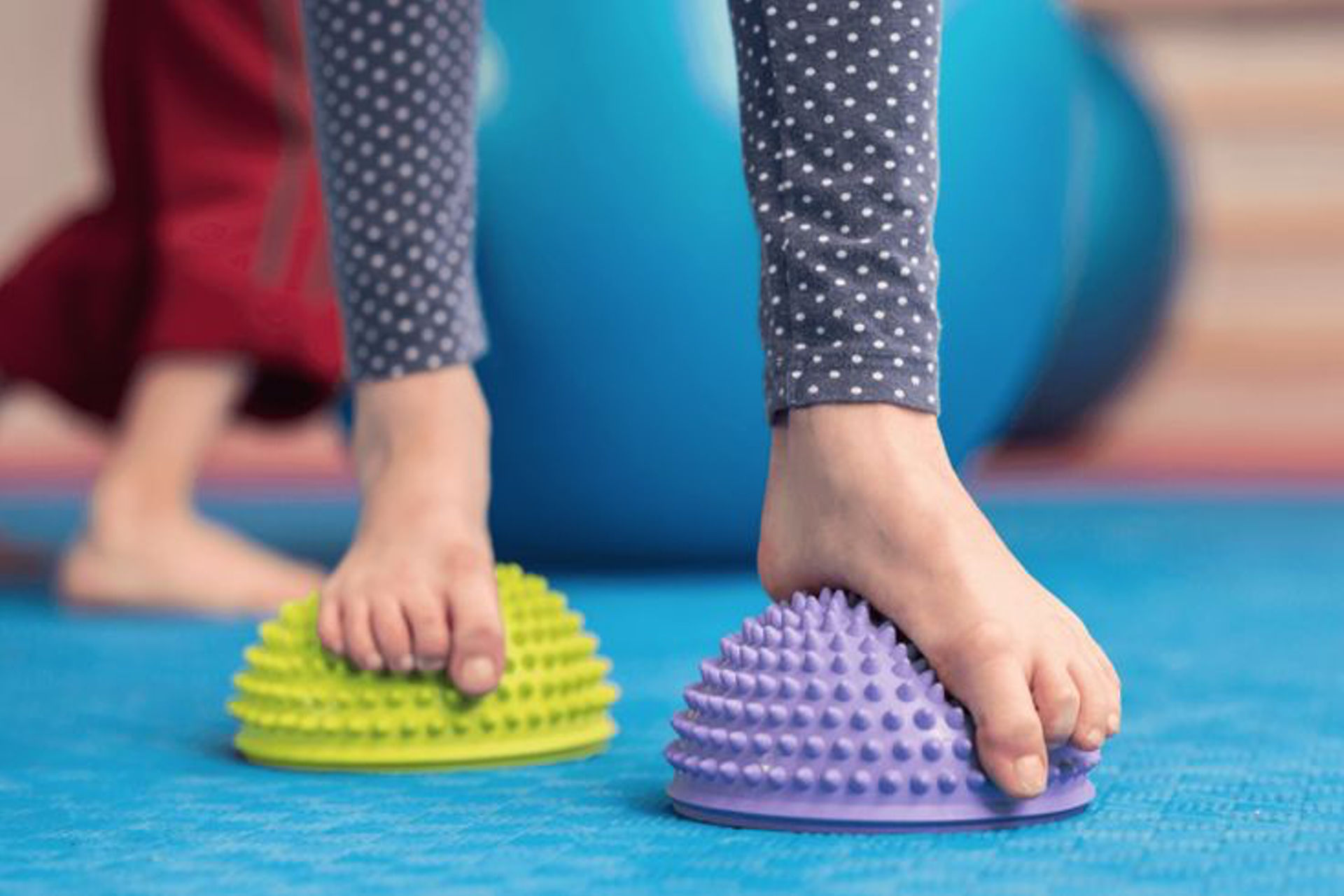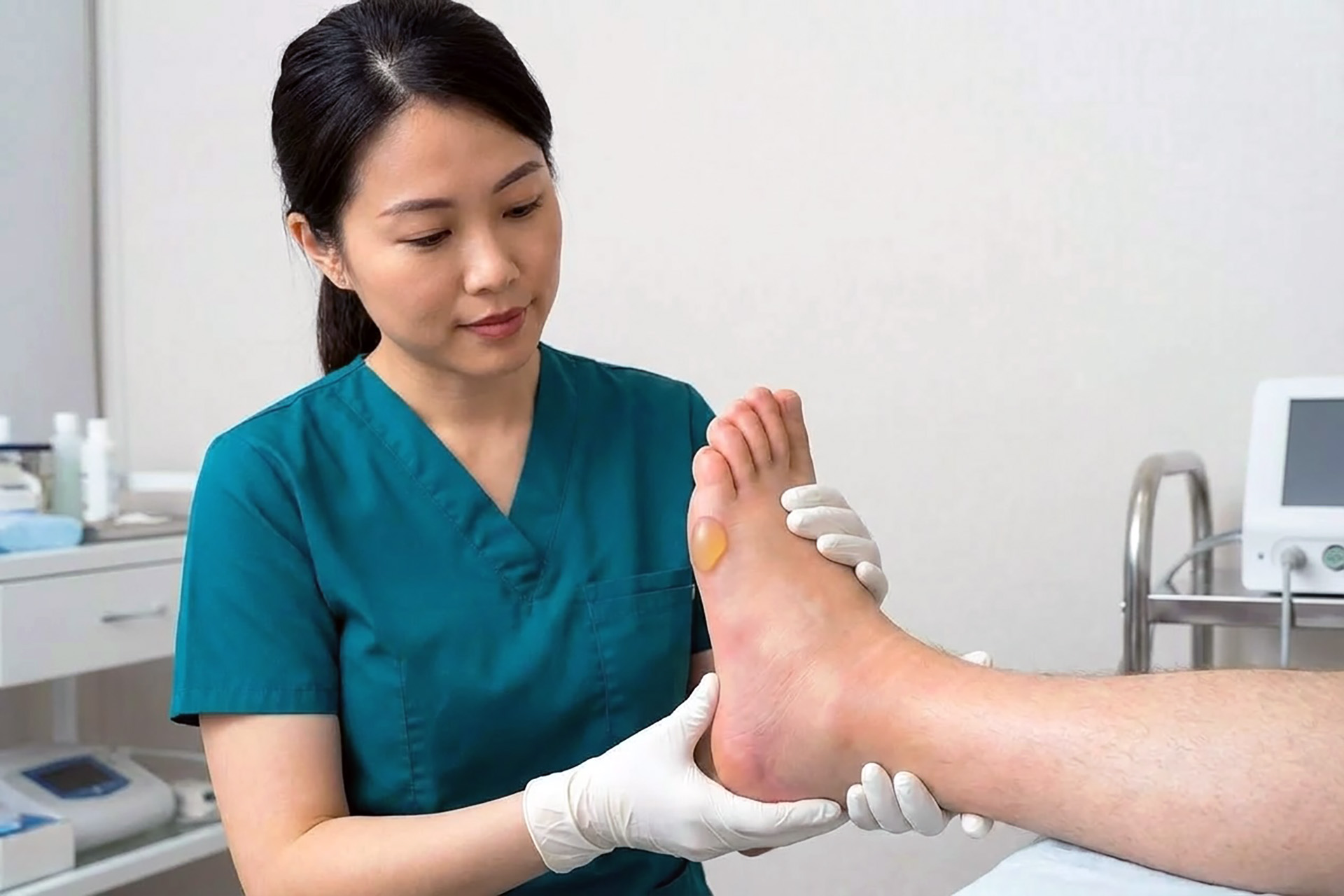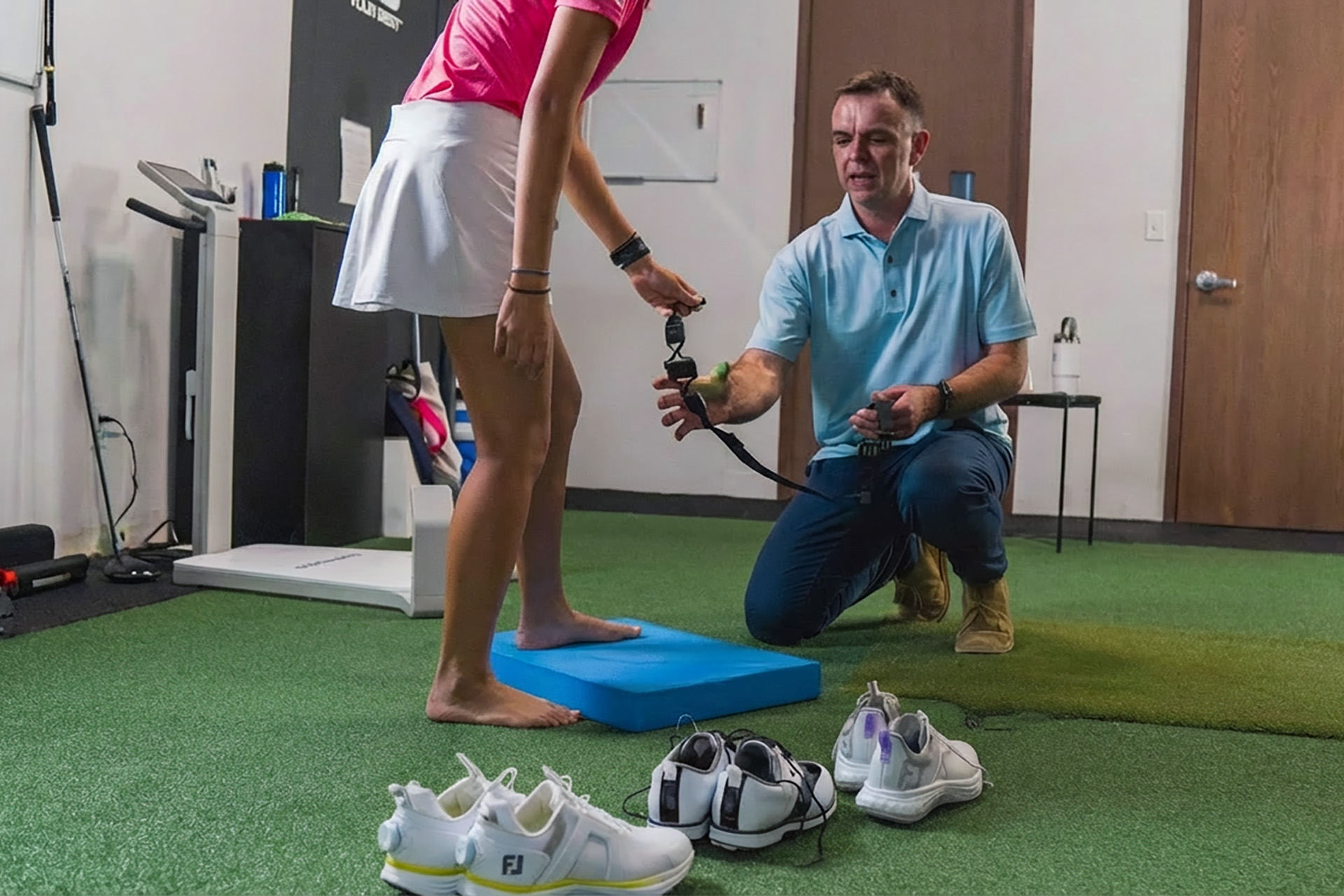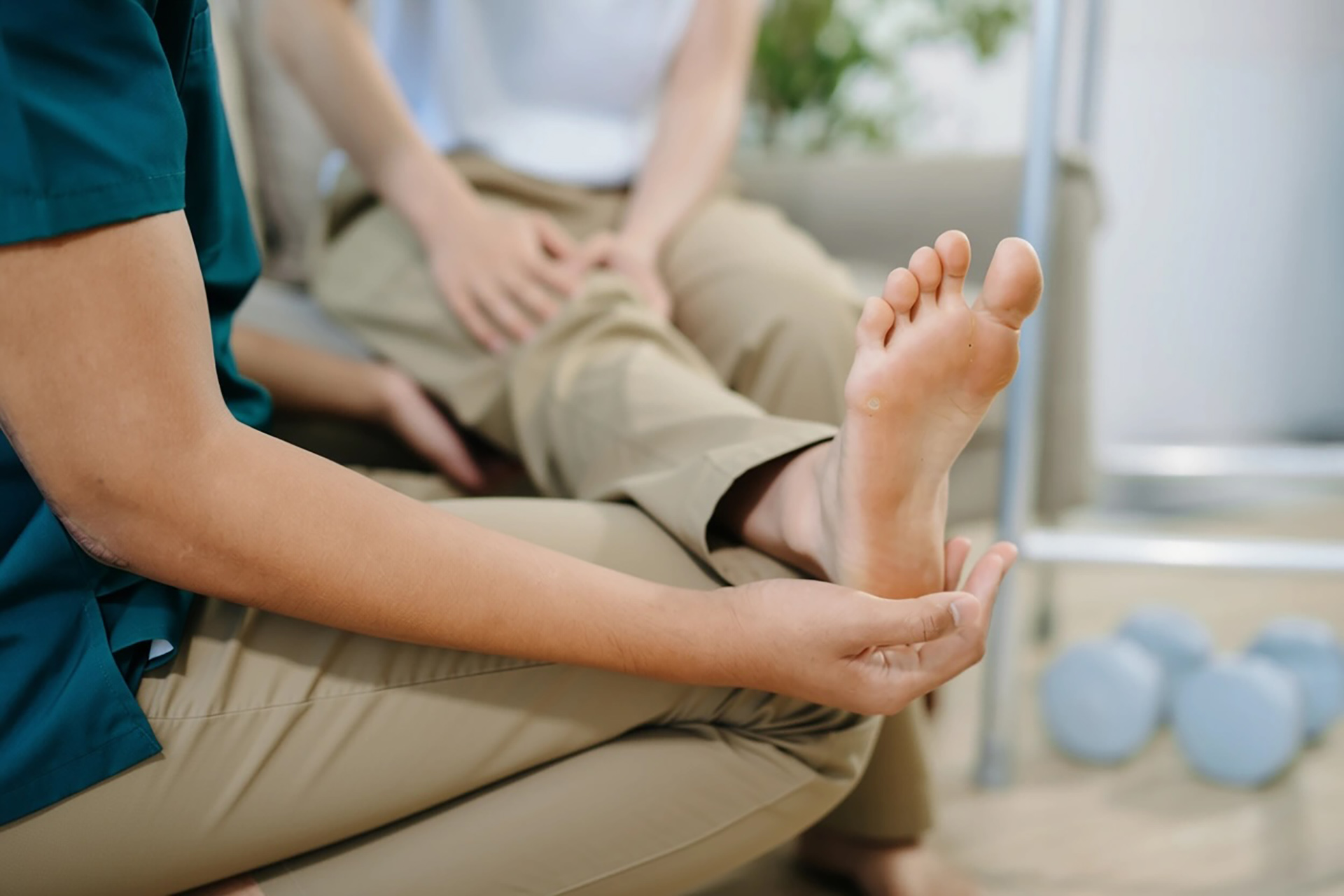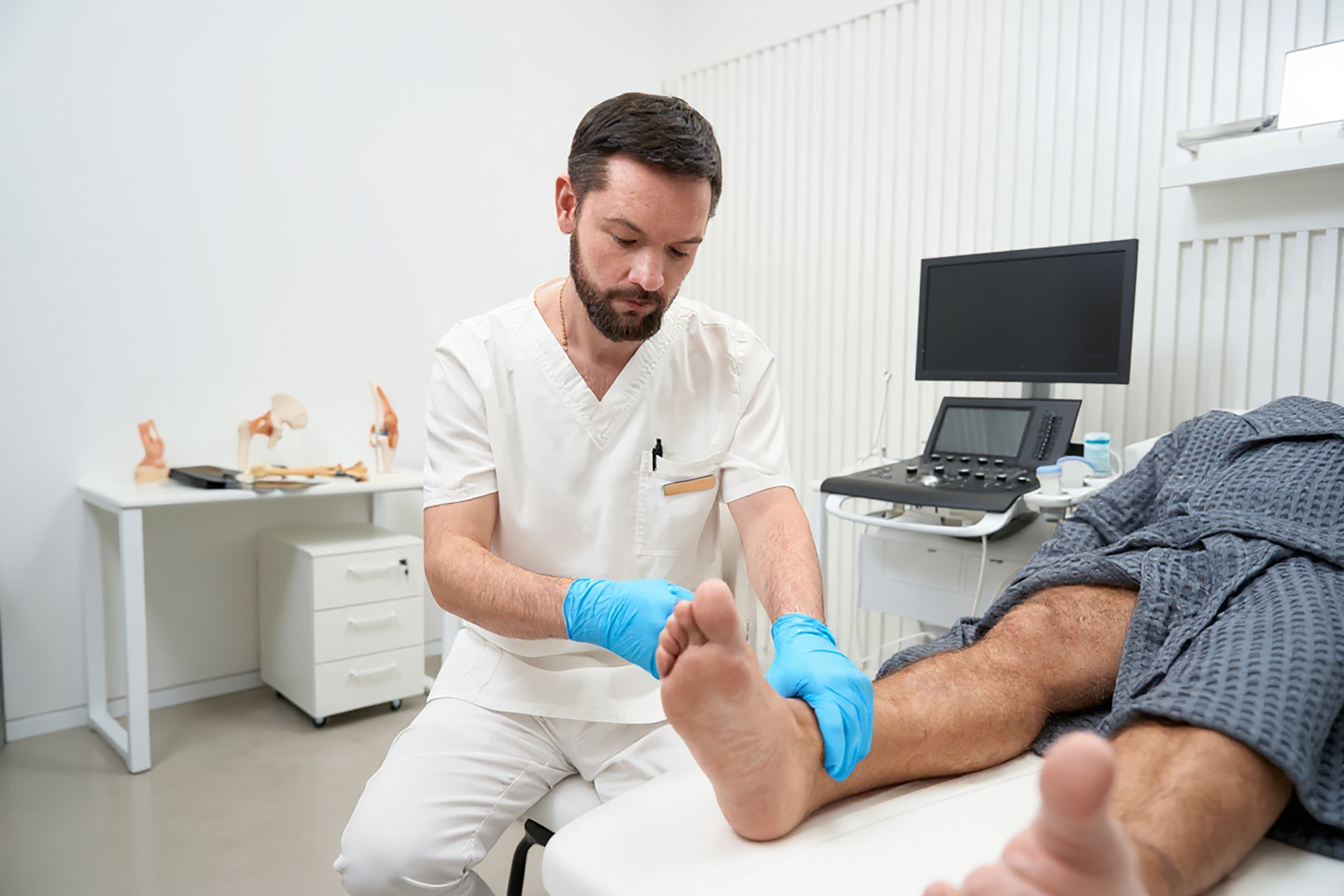A child’s feet are their pathway to understanding the world. Walking barefoot is important for the functional development of children’s small feet. It helps them feel movement, see more things, get where they want to go, explore and understand their environment. Understandably, their foot health is paramount to their quality of life and is how they connect with this world.
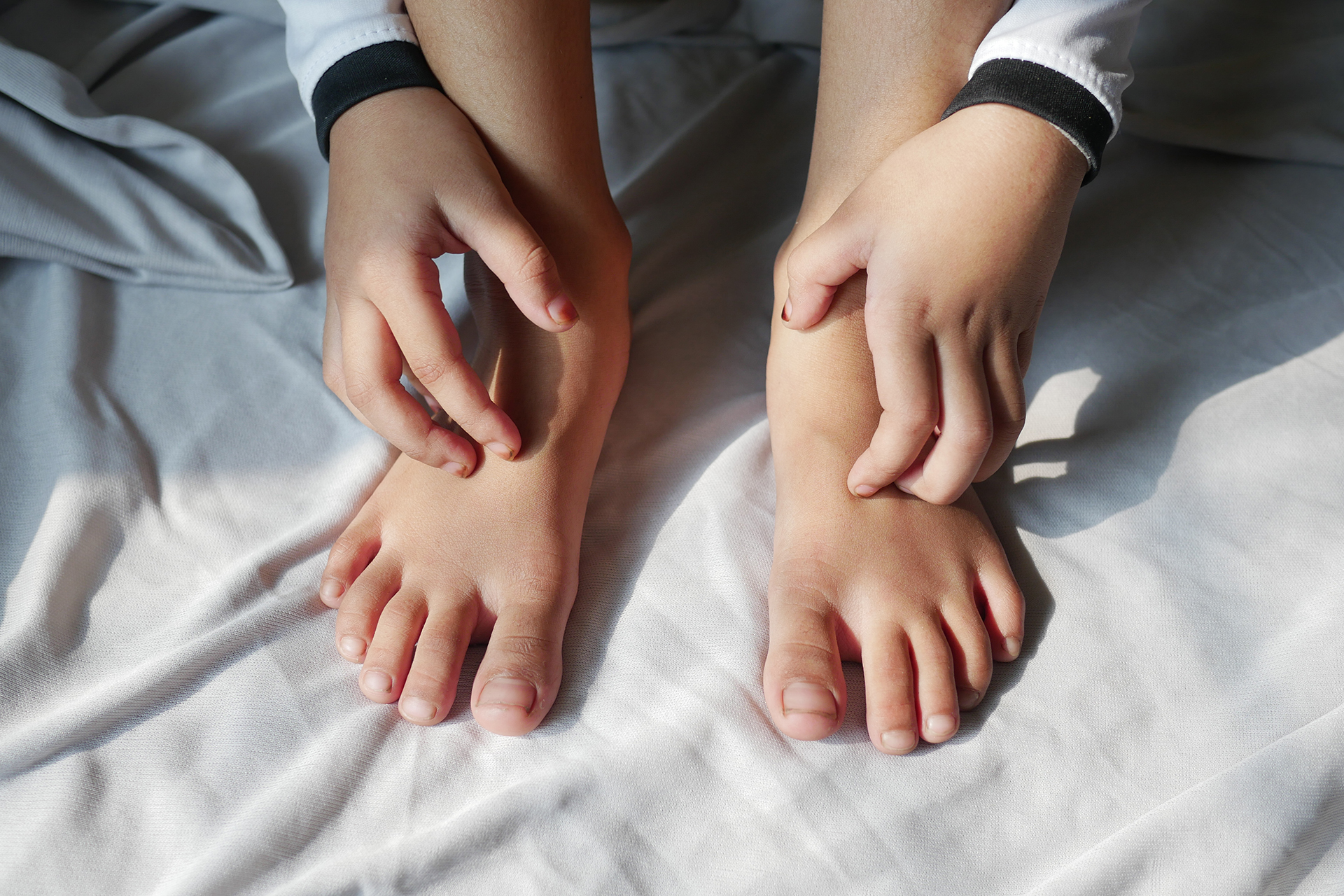
Sometimes, things can go awry, like if your child develops out-toeing, commonly known as ‘duck feet’, where the feet point outwards. The good news is there are ways to manage out-toeing and the ensuing complications that can get your child back to where they want to be. Here, we will go through the potential causes of out-toeing and how a paediatric podiatrist can support you and your child through this condition.
What Exactly is Out-Toeing?
We sometimes call out-toeing ‘duck feet’ because the feet point outwards like our web-footed friends. This is a worrisome sign of an abnormality in the lower limbs that ought to be corrected for your child’s health. Scientifically, we call it ‘external tibial torsion’, referring to how the feet turn outwards away from the body when walking or standing.
There are various causes for out-toeing, making it difficult to prevent. For example, one potential cause is a genetic predisposition. Nothing can be done to prevent that. Nor can anything be done about foetal positioning, where the baby’s feet are pressed oddly against the inner wall of the womb, giving the foot an unnatural direction.
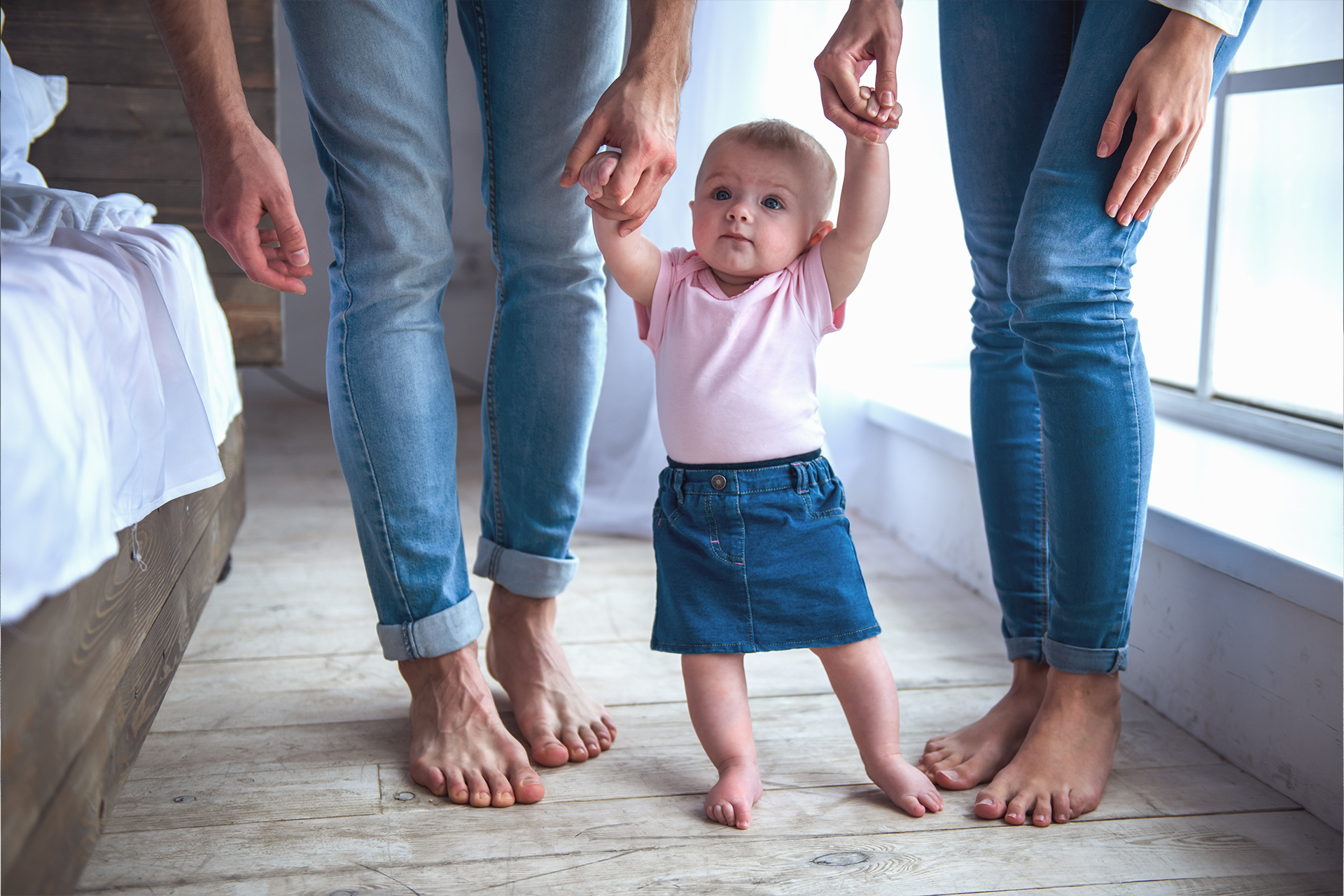
Bone structure or muscle imbalances are another potential cause, as the feet may be pointing outward to overcompensate for an imbalance elsewhere within the lower limbs.
Out-toeing may make it challenging for children to walk properly and can possibly delay their walking phase. This can lead to an abnormal gait pattern. In some cases, out-toeing can also indicate an underlying neurological or developmental issue, further contributing to delayed walking.
Medical experts like podiatrists can usually assess out-toeing with a simple physical examination and refer your child to the appropriate healthcare provider should the issue go beyond biomechanics.
What Do We Do About Out-Toeing?
In some cases, out-toeing can be outgrown. Children’s bodies are versatile and can naturally adjust and correct themselves over time. However, this isn’t always the case. If the out-toeing causes your child pain, then it’s worth visiting a specialist. Other concerns include whether the out-toeing is a sign of a neurological problem or other developmental issues. If the issue persists and doesn’t seem correct, it is worth visiting a paediatric foot specialist like The Foot Practice.
If your child’s condition needs an intervention, a podiatrist can provide diverse options for managing your child’s condition. The first thing they’ll do is observe your child. This may mean, over time, to see if your child’s condition is improving as they grow. However, it can also mean a more in-depth observation through 3D gait analysis.
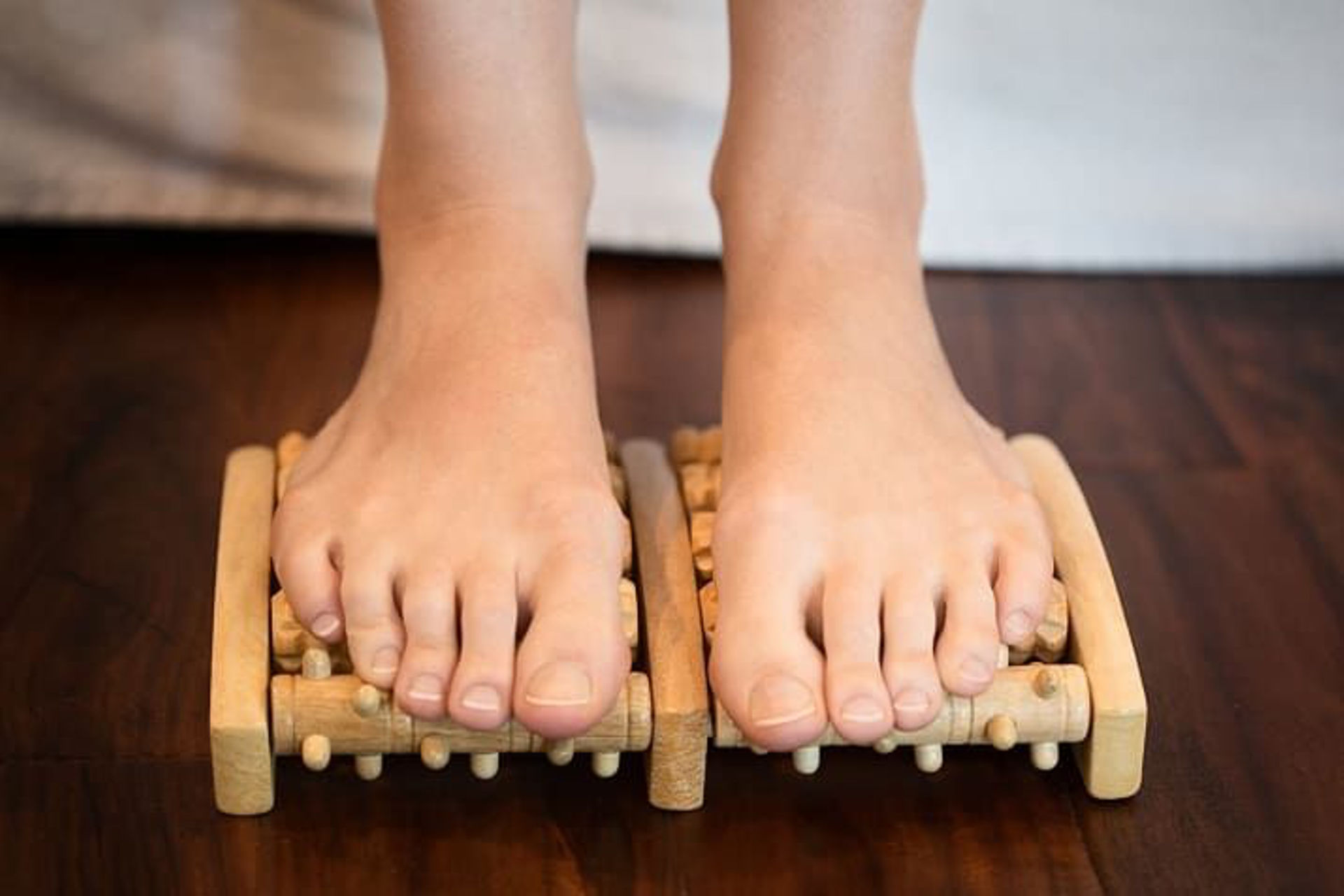
Using modern technology, our paediatric podiatrist can determine whether your child’s out-toeing stems from a problem elsewhere in the body or if the out-toeing itself is leading to muscular imbalances.
After that, they can design a physical therapy plan to help strengthen the lower limbs’ muscles to ensure the out-toeing doesn’t lead to negative outcomes. That can also help the issue correct itself over time. Custom-made orthoses are also a good option, as these can help your child’s foot position correctly within their shoe to get them accustomed to proper alignment. Surgery may be necessary to correct bone alignment in severe cases if the specialist determines it’s a bone structure issue.
Out-toeing has solutions. Like other abnormal walking patterns like toe-walking, where a child walks on their toes more than their feet, or delayed walking, there are ways that a paediatric podiatrist can help you and your child.
What’s important is that you, as a parent or guardian, observe and monitor the issue to make sure what starts as a minor issue doesn’t escalate into a bevy of unwanted outcomes. To ensure your child is on track for musculoskeletal development, visit one of our paediatric podiatrists at The Foot Practice today to get the best care for your child.

